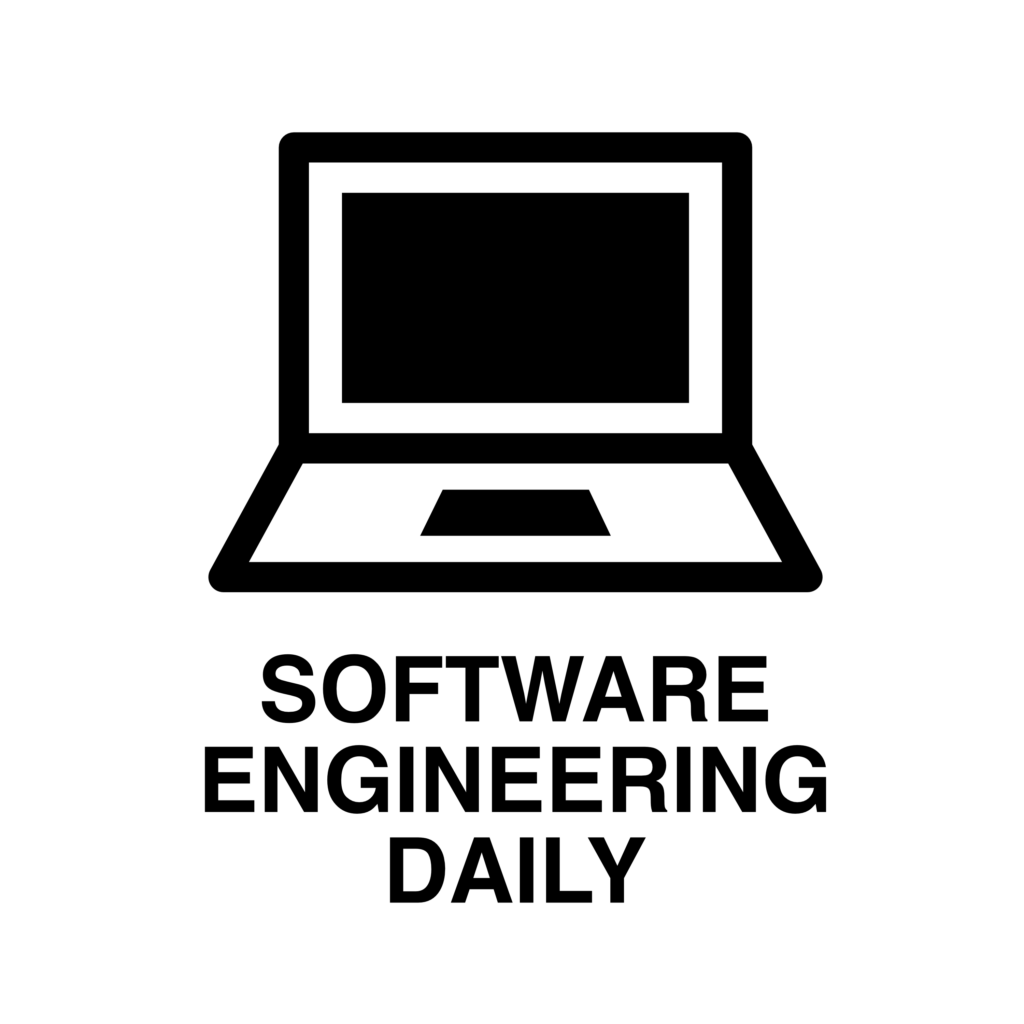Kubernetes Vision with Joe Beda
Podcast: Play in new window | Download
Subscribe: RSS


Google Cloud was started with a vision of providing Google infrastructure to the masses.
In 2008, it was not obvious that Google should become a cloud provider. Amazon Web Services was finding success among startups who needed on-demand infrastructure, but the traditional enterprise market was not yet ready to buy cloud resources.
Googlers liked the idea of becoming a cloud provider. But was it the right time to enter the market? Google’s advertising business was a large and growing cash cow. Executives within Google were not sure how much capital and effort should be allocated into an infrastructure business.
When Google decided to go into the cloud business, Joe Beda was one of the engineers who helped lead the effort, and joins the show as today’s guest.
Google’s internal server infrastructure is managed by Borg, a system for allocating resources to applications. Google Cloud runs on Borg, and there were a number of early engineering challenges to building the necessary functionality into Borg for running a cloud provider on top of it.
One example of a technical challenge that Google faced was the refactoring of Borg to run Google Cloud workloads.
The requirements for public infrastructure are different than those of internal Googlers. Inside of Google, developers deploy their applications to containers running on bare metal. Outside of Google, developers want to create virtual machines. Borg needed to be refactored in order to instantiate VMs.
Google solved this technical problem, as well as many other challenges, and Google Cloud slowly gained momentum in the market. But AWS remained the default choice for profitable enterprise workloads. It wasn’t until the container orchestration wars that Google found an opportunity to jump on a market segment that offered strong differentiation.
By open sourcing Kubernetes and presenting a clear vision for where the project was going, Google shifted the battlefield of the public cloud toward a competitive landscape where it has many advantages. Kubernetes also provided many other technology companies with an opportunity to get into the cloud market, creating a collaborative, multi-company ecosystem that has accelerated the pace of software faster than anyone expected.
Joe Beda has been instrumental in the evolution of the cloud native ecosystem. In today’s episode, Joe gives his memories on Google Cloud, Kubernetes, and his Kubernetes company Heptio, which he sold to VMware.
ANNOUNCEMENTS
- FindCollabs is a place to find collaborators and build projects. FindCollabs is the company I am building, and we are having an online hackathon with $2500 in prizes. If you are working on a project, or you are looking for other programmers to build a project or start a company with, check out FindCollabs. I’ve been interviewing people from some of these projects on the FindCollabs podcast, so if you want to learn more about the community you can hear that podcast.
- New Software Daily app for iOS. It includes all 1000 of our old episodes, as well as related links, greatest hits, and topics. You can comment on episodes and have discussions with other members of the community. And you can become a paid subscriber for ad free episodes at softwareengineeringdaily.com/subscribe
- Upcoming conferences I’m attending: Datadog Dash July 16th and 17th in NYC, Open Core Summit September 19th and 20th in San Francisco
- We are hiring two interns for software engineering and business development! If you are interested in either position, send an email with your resume to jeff@softwareengineeringdaily.com with “Internship” in the subject line.
Transcript
Transcript provided by We Edit Podcasts. Software Engineering Daily listeners can go to weeditpodcasts.com/sed to get 20% off the first two months of audio editing and transcription services. Thanks to We Edit Podcasts for partnering with SE Daily. Please click here to view this show’s transcript.














